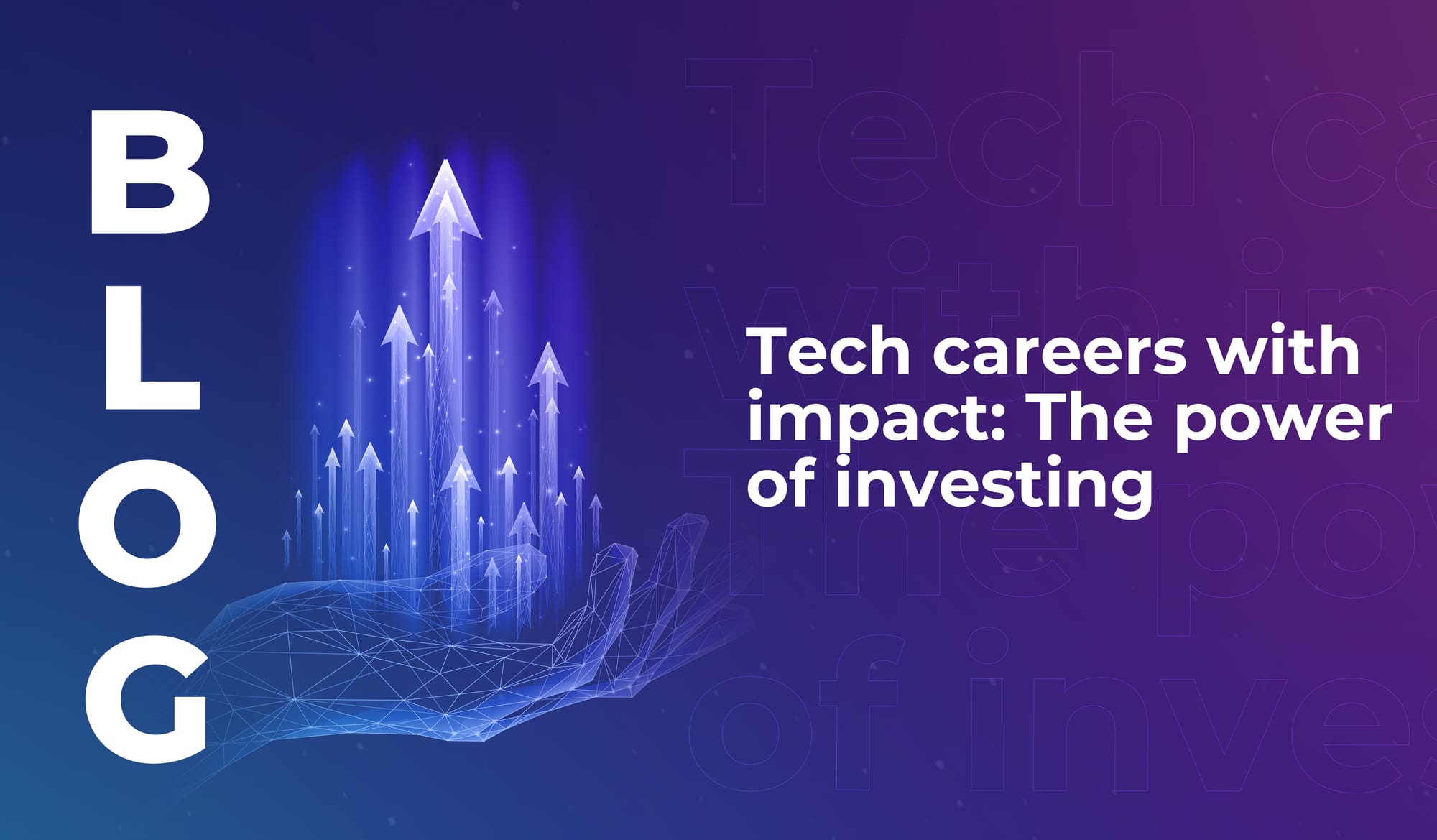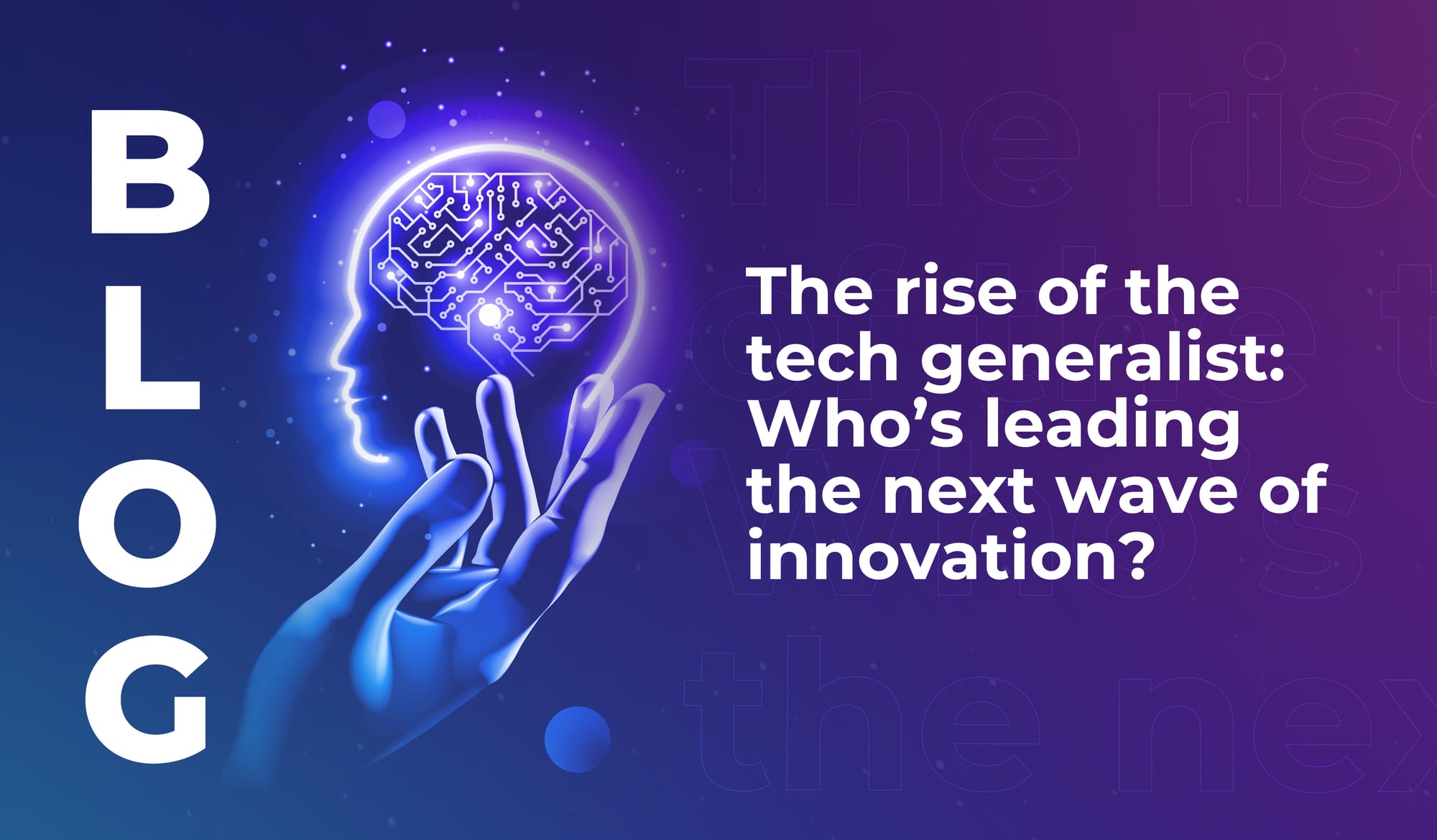
Tech careers with impact: The power of investing
If you’ve ever thought about becoming a tech investor, read this – learn why investors are the quiet force shaping the future of the industry.

Smart cities are coming – we all know that. We also know that they’ll be digital cities that are full of all sorts of incredible smart city technology. But what will the experience of actually living in them be like? To find out what it might feel like to be a citizen in the global metropolis of the future, we spoke to Dr Jonathan Reichental, author of Smart Cities for Dummies. Here is what the experience of living in a futuristic city will feel like.
1. You’ll be able to hear the birds sing
The main cause of noise in the metropolises we live in? Traffic. But within a few decades, a smart city will only feature electric, autonomously driven vehicles. When you remove the sound of buses, cars and trucks powered by combustion engines and instead use smart mobility options, you get a city where the predominant noise is more attractive.
“We’ll hear more voices, more people talking, more birds,” says Reichental. “As we move to electric, the sound, the decibels will drop significantly.”
2. Lanes of drones will hang above you
One thing that’s inevitably part of the future of smart cities is drones becoming commonplace. This will mean that to look up into the sky will be to see lanes of drones silently zipping along, engaged in the multitude of roles they perform to keep smart cities ticking over.
“They’ll be doing things like deliveries, but other things too,” says Reichental. “They’ll perform things like housing inspections, or the firedept will be able to use them to inspect buildings and extinguish fires.”
3. Canopies of trees will line the streets
Many cities are currently what Reichental refers to as “heat islands”, due to the concrete and metal they’re built from “managing heat very poorly”. As the world gets hotter, smart cities aim to reduce the temperature of the urban environment, so that they’re more pleasant places to live. Partly this will be addressed by coating roads in a material that absorbs heat rather than reflecting it back and increasing the ambient temperature. But the desire for smart sustainable cities will mean that the most noticeable aspect of this is a bit more old-school.
“If you can imagine the main street of a city lined with big, thick trees that create tree canopy – that’s a smart city!,” says Reichental. “It’s not digital, but planting trees that grow and reduce the temperature of cities is something we’re seeing that around the world. Smart cities are really going big on trees!”
4. The air will feel cleaner
In the future, the air in urban metropolises will feel cleaner. Not just because of the reduction of polluting vehicles, but also because the rise of the iot smart city will see increasing use of sensors to monitor air quality. Suddenly, air quality will go from being a vague idea people have to a concrete piece of data that they’re easily able to access via their smartphones or online – and it will drive action to keep the city air clean.
“Once communities know they have bad air, they’ll push for innovation, they’ll push for change,” says Reichental. “We see this in cities all over the world. People turn up at council meetings and say; “The air quality in this neighbourhood is terrible!” That does push change and that will get accompanied with regulation.”
5. Things will whiz into life all around you
Touchless technology will be everywhere in smart cities, with motion sensors automating ever more things. From elevators that appear unbidden to hotel room doors that swing open as soon as the correct guests nears them, moving around smart cities will see you triggering all manner of devices into life. Partly, it’s for the convenience. But there’s also another potential upside that it might cause.
“We’ve found that shaking hands and touching lift doors can make us ill – and not just from Covid. It gives us colds, it gives us sore throats, it gives us flu,” says Reichental. “So there is this interest in a lot less touching because of the health benefits. In the future, I think we’ll see a lot more of that tech.”

If you’ve ever thought about becoming a tech investor, read this – learn why investors are the quiet force shaping the future of the industry.

Tech generalists will enable emerging technologies to integrate across industries and societies in meaningful ways. We still need specialists – but we also need big-picture people.

Discover three tech sectors facing a talent shortage this year. Could you find your ideal role in a high-demand sector like cybersecurity, cloud computing, or artificial intelligence?

If you’ve ever thought about becoming a tech investor, read this – learn why investors are the quiet force shaping the future of the industry.

Tech generalists will enable emerging technologies to integrate across industries and societies in meaningful ways. We still need specialists – but we also need big-picture people.

Discover three tech sectors facing a talent shortage this year. Could you find your ideal role in a high-demand sector like cybersecurity, cloud computing, or artificial intelligence?